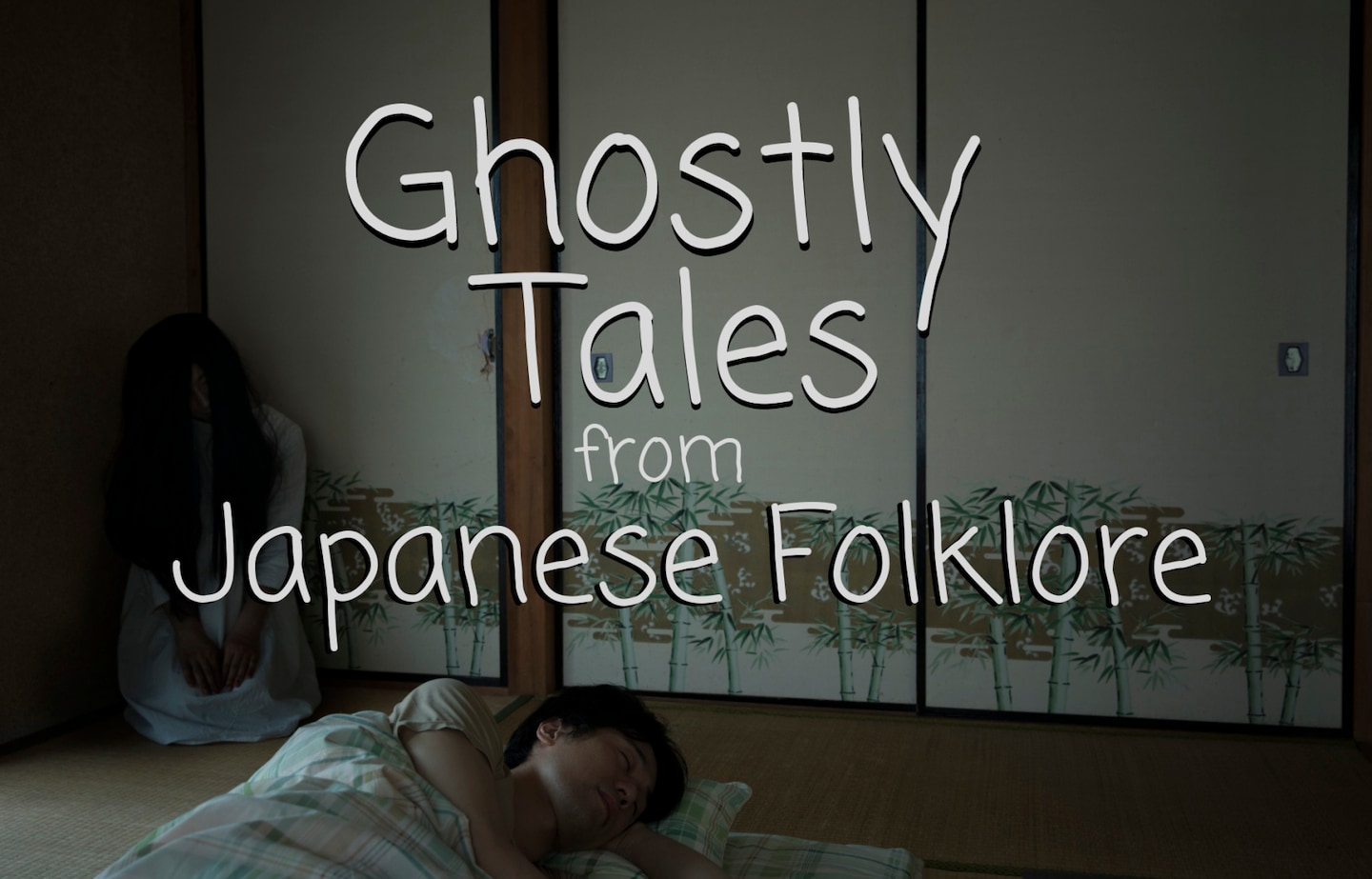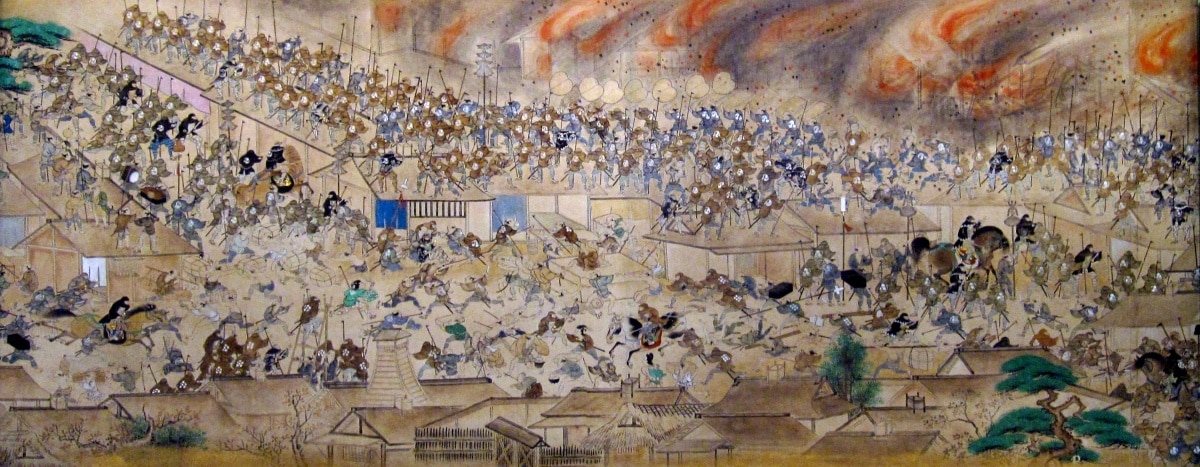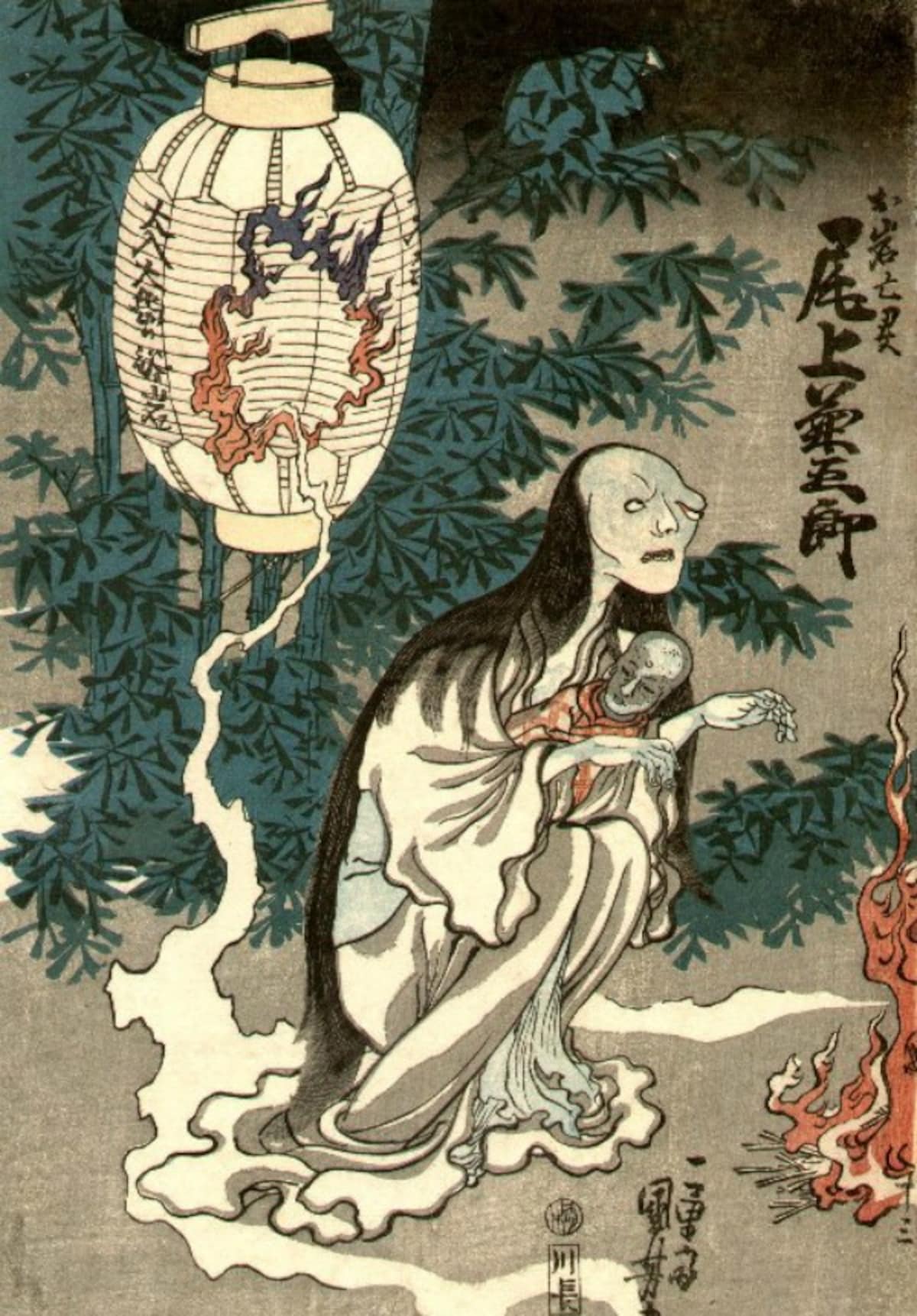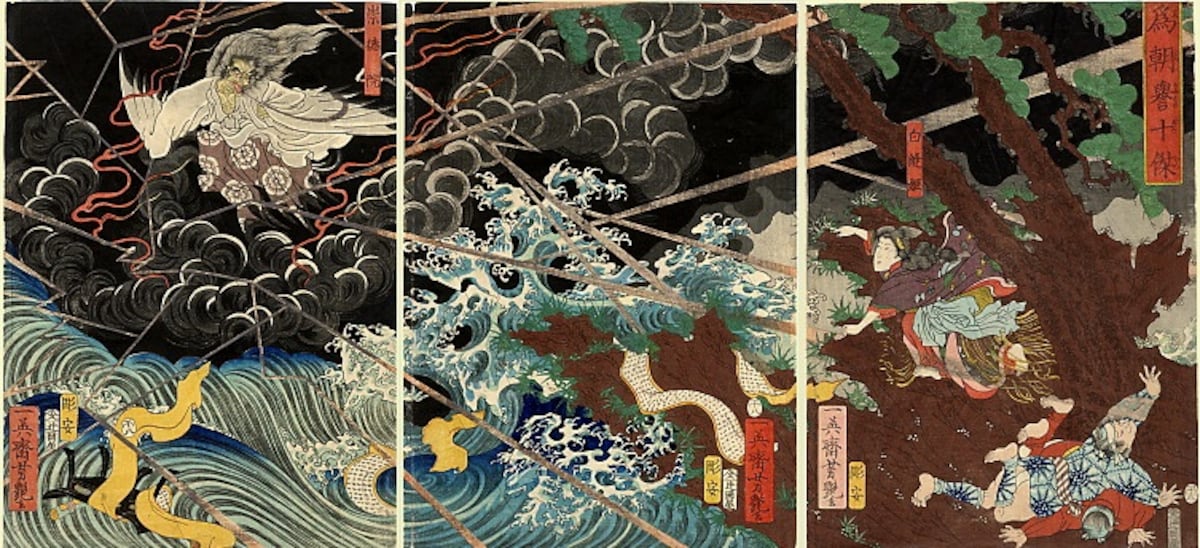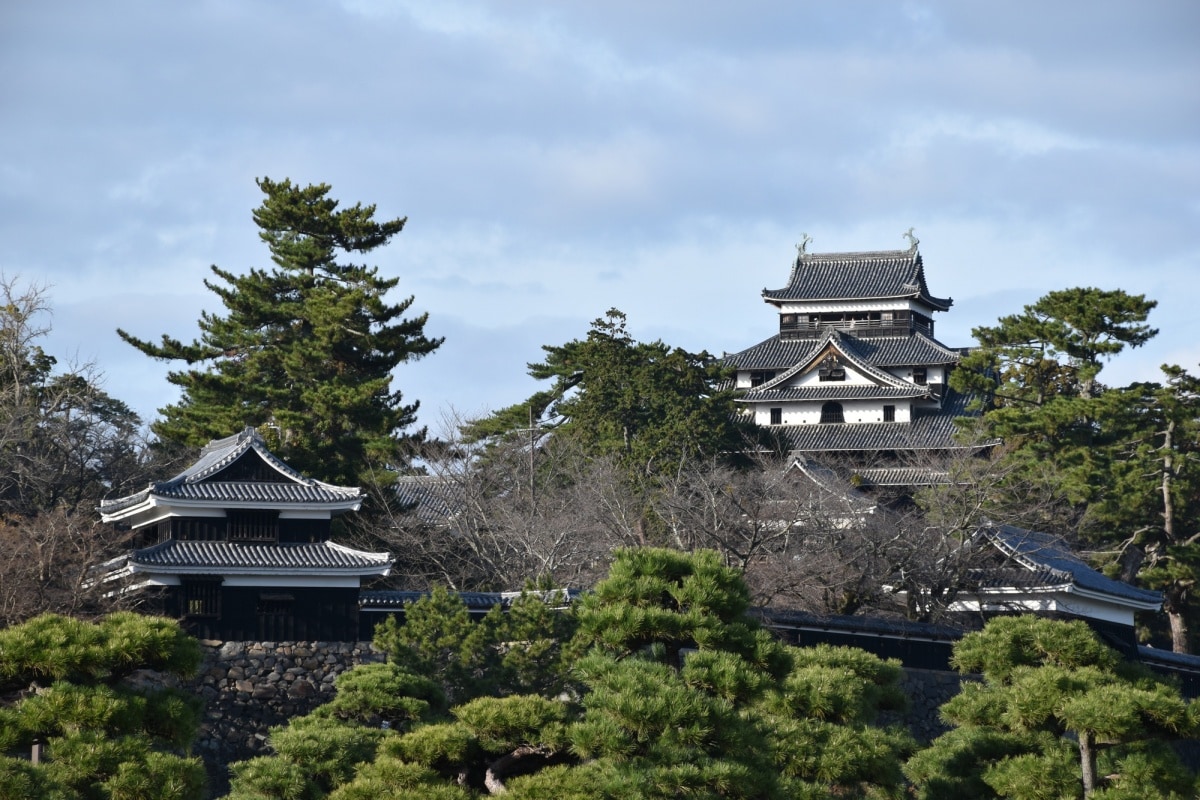Ghostly Tales from Japanese Folklore
Japan has an ancient culture that is deeply rooted in tradition. As with many ancient cultures, one of those traditions handed down from generation to generation is that of storytelling. So, with Halloween on our doorstep, we thought it appropriate to take a quick dive into some of the most famous ghostly tales from Japanese folklore!
By DavidJapanese Ghost Stories
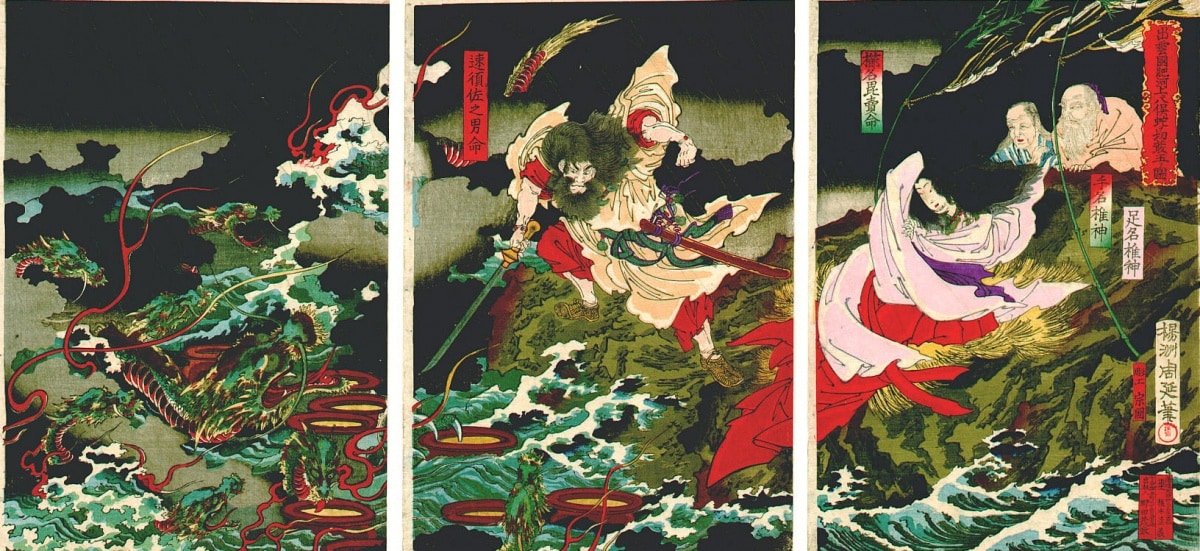
https://en.wikipedia.org/wiki/Yamata_no_Orochi#/media/File:YamataNoOrochi.jpg
Littered throughout the rich history of Japan's ancient folklore are countless terrifying tales. From spooky spirits and scary specters, gruesome ghosts and ghastly ghouls to furious phantoms and haunted houses, wicked wraiths and raucous revenants—not forgetting the odd cursed creature and dastardly demon! You name it, it can be found somewhere within the archives of Japanese myths and legends. So, without further ado, here are Five of our favorite frightening fables from the Land of the Rising Sun.
Bancho Sarayashiki
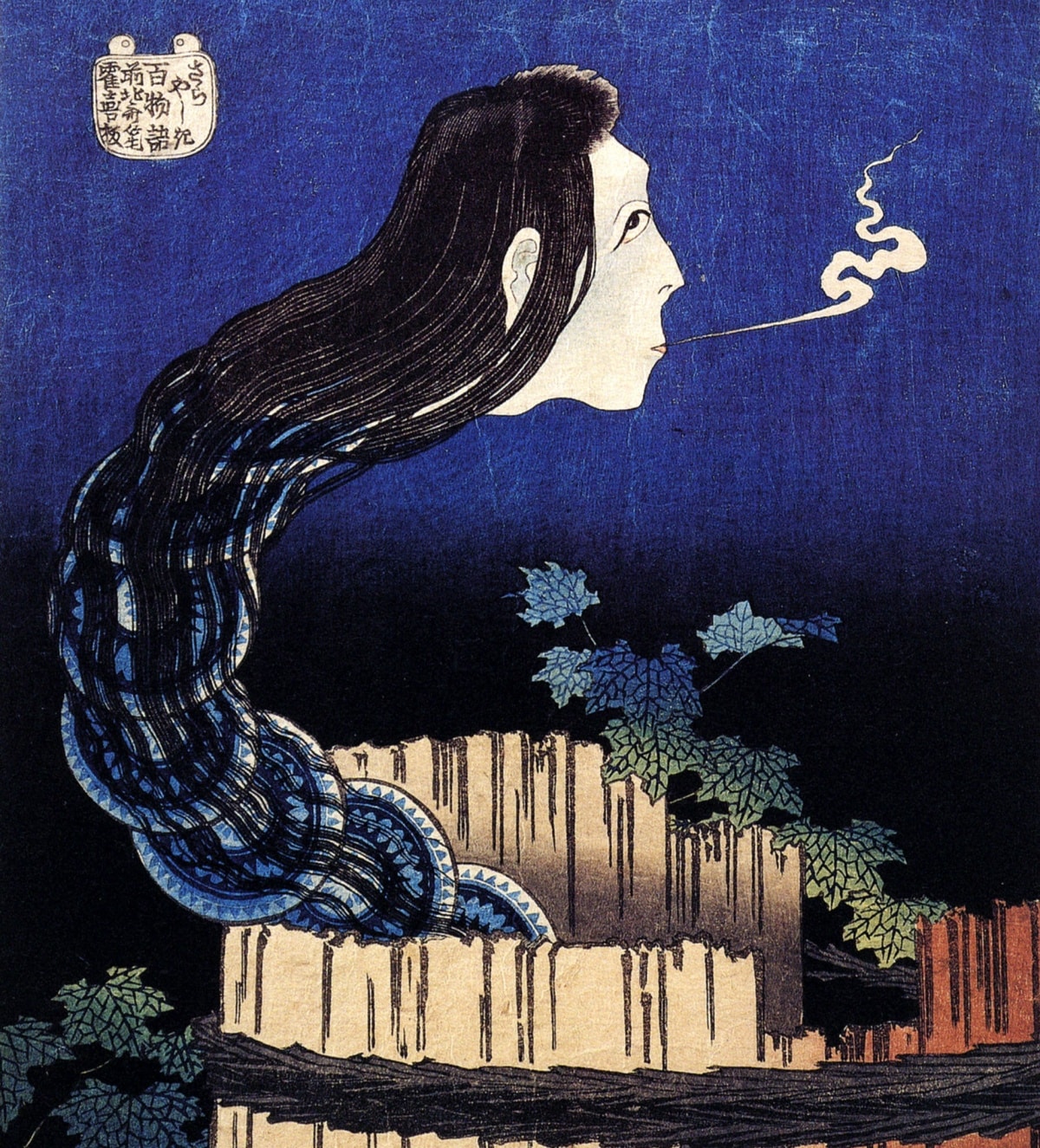
https://en.wikipedia.org/wiki/Banch%C5%8D_Sarayashiki
Bancho Sarayashiki (番町皿屋敷) is one of the most famous ghost stories in Japanese folklore. The tale supposedly dates back to the mid-16th century and has been retold, rewritten and performed on countless occasions. It is even believed to be the inspiration behind Koji Suzuki's 1991 novel Ringu, which was subsequently developed into the classic horror movie of the same name.
Although the story has a few different iterations that have developed throughout the years, it always revolves around Okiku's ghost. Okiku was the beautiful servant of revered samurai Aoyama Tessan. After Okiku continuously turned down his solicitous advances, he tricked her into believing that she was responsible for the loss of a precious family heirloom. Aoyama subsequently promised to forgive her if only she would finally become his lover, only to be rebuffed once again. His plan had well and truly backfired, Aoyama killed Okiku in his fury by throwing her down a well. Sound familiar? In the end, Okiku turned into an onryo (怨霊・or "vengeful spirit") who became hellbent on tormenting the master who wronged her.
The Cursed Furisode
The custom of furisode, a formal kimono worn by young unmarried women in Japan, dates back centuries. One tale of a cursed furisode supposedly led to a rampaging conflagration that nearly destroyed the ancient capital of Edo.
The story begins around 270 years ago, when O-Same, the daughter of a wealthy wine merchant in the district of Azabu, Edo, fell in a love with a strikingly handsome young samurai. They crossed paths at an event where, unfortunately, she was not able to make his acquaintance, but his appearance was nonetheless etched into her memory. In order to attract his attention she ordered a furisode that was identical to his own, down to the exact shade of purple and the crests that it bore. She wore the robe day and night, while her obsession with this young samurai took a heavy toll on her body and mind. She grew ill and died without ever crossing paths with him again.
A string of similar events saw the robe passed on to other young women, who would claim that they were being haunted by the vision of a beautiful young man, before falling sick and dying. The priest of a local temple had the bright idea of burning the furisode, to destroy it once and for all. After being set alight, the flaming robe exploded—seemingly of its own accord—lighting fire to the roof of the temple and its neighboring buildings, before spreading throughout Edo and destroying 70% of the city and killing up to 100,000 civilians!
While it is only a legend, even to this day in Tokyo the event is sometimes referred to as the Furisode Fire.
Yotsuya Kaidan
Known as the Ghost Story of Yotsuya in English, Yotsuya Kaidan (四谷怪談) is one of—if not the—most famous of Japan's ghost stories. Among Japanese locals this tale of deception and revenge from beyond the grave almost needs no introduction. It was written by Tsuruya Nanboku IV in the early 19th century and was first staged at the Nakamuraza Theater in 1825, in what is now Saitama Prefecture. Yotsuya Kaidan was initially a play in five acts, but has since been adapted in countless variations on both stage and screen.
As with any story that is adapted many times over, Yotsuya Kaidan has been embellished with many different details, side characters and subplots over the years. But the crux of the story has remained relatively consistent from its kabuki roots...
The sordid story begins with incensed ronin (a masterless samurai) Tamiya Iemon killing his father-in-law for urging him to break up with his daughter Oiwa. They are subsequently married. A woman named Oume falls in love with Iemon and conspires against the beautiful Oiwa. She sends her a topical poison disguised as a facial cream. Oiwa uses the poisonous cream and is disfigured, and Iemon asks a servant to create grounds for a divorce. Unable to be complicit in his master's deeds, the servant simply shows Oiwa her new ghastly appearance in a mirror. She is driven to madness, and cuts her own throat in hysteria.
As in every good ghost story, a tragic death is followed by supernatural revenge. Oiwa's one and only objective in the afterlife is to make sure that Iemon and his family's lives become a living hell.
The Spirit of Emperor Sutoku
Emperor Sutoku was the 75th Emperor of Japan, who held his position on the Chrysanthemum Throne for nearly 30 years between 1123-1142 AD. By all accounts, Sutoku was no saint in life—he fought his brothers for the throne, which resulted in a bloody affair known as the Hogen Rebellion. After Sutoku's attempted coup failed he was exiled from the capital (at that time Kyoto) indefinitely. It is said he then turned to a monastic life, offering numerous scriptures to the capital which were always turned away. At the time of his death in 1164 it seems that the pursuit of revenge had never truly left his heart. In the afterlife he is believed to have transformed into an onryo to inflict his wrath upon the imperial court.
For many years following the death of Emperor Sutoku, disaster continuously struck the capital in unrelenting fashion. There was the sudden death of the Emperor Nijo, a barrage of storms, plagues, fires, droughts and earthquakes. Even the economic and political systems in place began to falter, and all of this was attributed to the vengeful soul of Emperor Sutoku.
The Ghosts of Matsue City
There are many recurrent concepts in Japanese ghost stories, one of which is the idea of a haunted place. There are numerous examples of castles, temples, houses, bridges and even entire cities across the nation that are claimed to be haunted by spirits of the dead. One of the best examples of this is the spirit-infested city of Matsue in Shimane Prefecture.
The spirit of Azuki-bashi Bridge, near Matsue Castle, might be the most famous of all Matsue's ghosts. The legend has it that a foolhardy young samurai sat on the bridge—which led to Fumon-in Temple—where he sang a song that was said to have infuriated the resident ghost of the area. As such, she carried out her (admittedly intense) revenge by laying waste to his entire family. This supposedly began when the young man received the head of his child in a mystery box on his return from the bridge! The young samurai has been immortalized in a rather macabre statue in Matsue city, where he is pictured mid-serenade with a biwa (a pear-shaped lute) in hand.
Matsue is no stranger to ghost stories, featuring heavily in the acclaimed works of the Greek-Irish, Japanese supernaturalist writer Lafcadio Hearn. On top of this, the local tourist center offers a variety of nighttime ghost-themed tours (in Japanese only) to take part in, if you dare!


